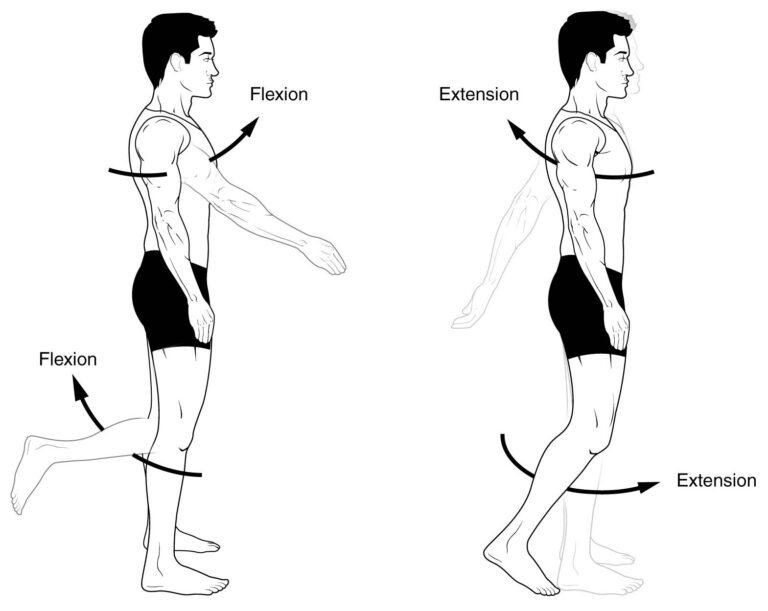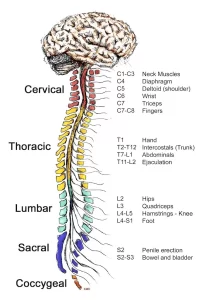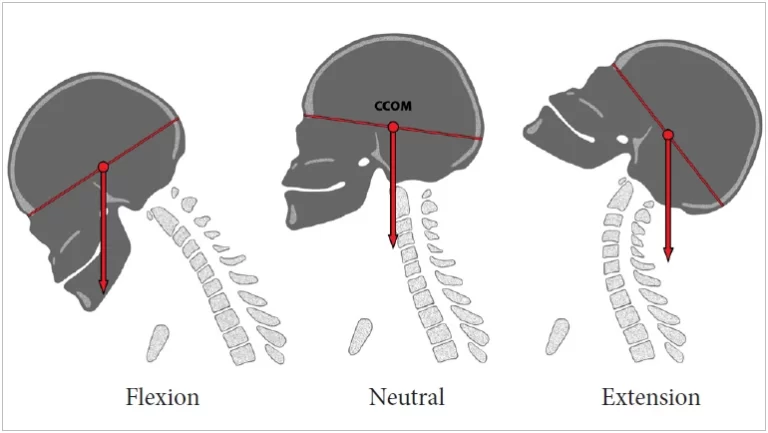Cellular Organelles
Table of Contents
Introduction
Cellular organelles are specialized structures within eukaryotic cells that perform various essential functions to maintain the cell’s integrity and carry out specific tasks. These microscopic compartments act like miniature factories, each with a unique role in the overall functioning of the cell.
Organelles are enclosed by membranes, similar to the cell’s outer plasma membrane, which separates their internal environment from the cytoplasm. Each organelle has its distinct structure and function, contributing to the cell’s overall metabolism, energy production, and maintenance of homeostasis.
What are Cell Organelles?
These cell organelles include membrane-bound and non-membrane-bound organelles that occur within cells and have a variety of shapes and functions. They must efficiently coordinate and function for the cell to function appropriately.
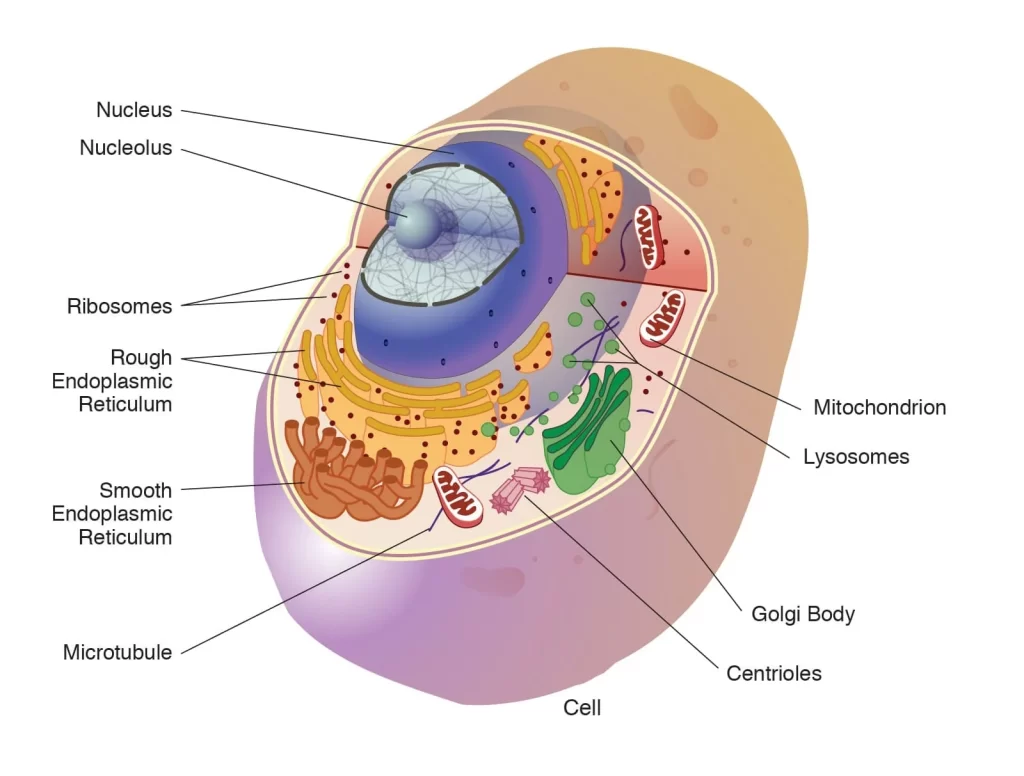
Organelles without membrane: Cell organelles that do not have a membrane include the cell wall, ribosomes, and the cytoskeleton. They can be found in bacterial as well as eukaryotic cells.
Single membrane-bound organelles: Endoplasmic Reticulum, Vacuole, Lysosome The reticulum is a single membrane-bound organelle found solely in eukaryotic cells.
Double membrane-bound organelles: Only eukaryotic cells have organelles with two membranes, such as the nucleus, mitochondria, and chloroplast
Types And Functions
Cell Wall
A cell wall is a non-living component that protects the outer layer of the cell. Its makeup varies by organism and is permeable. The cell wall shields the contents of the cell from the outside world. It also gives the cell and its organelles structure, support, and protection. This cellular component, however, is only found in eukaryotic plants, fungi, and a few prokaryotic creatures.
The cell wall is the outer coating of a cell, located next to the cell membrane, also known as the plasma membrane. As previously stated, the cell wall is found in all plant cells, as well as fungi, bacteria, algae, and some archaea. The absence of a cell wall causes an animal cell’s shape to be irregular. Cell wall compositions typically differ among organisms.
The plant cell wall is composed of carbohydrates such as pectin, cellulose, hemicellulose, and other minor amounts of minerals that create a network with structural proteins to form the cell wall.
The 3 major levels are:
- Primary Cell Wall
- The Middle Lamella
- The Secondary Cell Wall
The cell wall is an essential component of the plant cell and serves various functions. Some of the key cell wall functions observed include:
- The plant cell wall is responsible for the plant’s form, strength, and stiffness.
- It also gives resistance to mechanical stress and bodily shocks.
- It helps regulate the development of cells caused by hydration.
- It aids in the prevention of cell water loss.
- It is in charge of moving molecules within and across cells.
- It serves as a barrier between the inside cellular components and the surrounding environment.
Ribosome

Ribosomes are significant cytoplasmic organelles that are not membrane-bound and are found close to the endoplasmic reticulum. Ribosomes are small particles present in many cells that are primarily made of two-thirds RNA and one-third protein. They are known as the 70s (prokaryotes) or the 80s (eukaryotes). The letter S stands for density and size, which is known as Svedberg’s Unit. Both the 70S and 80S ribosomes are made up of two subunits. Ribosomes are either encased in the endoplasmic reticulum or can be found freely in the cytoplasm of the cell. Ribosomes are made up of two components: ribosomal RNA and ribosomal proteins. Ribosomes’ primary job in all live cells is protein synthesis, which ensures cell survival.
Cytoplasm
The cytoplasm is a continuous network of filamentous proteinaceous structures that extends from the nucleus to the plasma membrane. All living cells, especially those of eukaryotes, contain it. The cytoskeleton matrix is made up of many types of proteins that can divide quickly or disassemble depending on the needs of the cells. The primary functions include providing structure to the cell and mechanical resistance to deformation, and the contractile nature of the filaments aids in movement during cytokinesis.
Endoplasmic Reticulum
Endoplasmic refers to being inside (endo) the cytoplasm (plasm). The term reticulum is derived from the Latin word for the net. An endoplasmic reticulum is essentially a plasma membrane found inside the cell that folds in on itself to create an internal area known as the lumen. Because this lumen is continuous with the perinuclear region, we can conclude that the endoplasmic reticulum is linked to the nuclear envelope. In a cell, there are two types of endoplasmic reticulum: smooth endoplasmic reticulum and rough endoplasmic reticulum. The rough endoplasmic reticulum is the site of protein production (where we manufacture our main product – the toy), whereas the smooth endoplasmic reticulum is where we make lipids (fats) (accessories for the toy but not the factory’s main product).
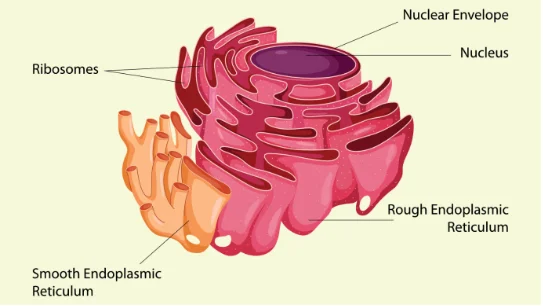
Rough Endoplasmic Reticulum
The rough endoplasmic reticulum gets its name from the fact that its surface is littered with ribosomes, the molecules in charge of protein creation. When a ribosome encounters a certain RNA segment, that segment may direct the ribosome to the rough endoplasmic reticulum and embed itself. The protein formed from this section will enter the rough endoplasmic reticulum lumen, where it folds and is tagged with a (typically carbohydrate) molecule in a process known as glycosylation, which labels the protein for transport to the Golgi apparatus. The rough endoplasmic reticulum is connected to the nuclear envelope and appears as a network of canals near the nucleus. Proteins produced in the rough endoplasmic reticulum are either membrane components or released from the cell membrane. It would be far more difficult to discern between proteins that should leave the cell and proteins that should stay if there was no rough endoplasmic reticulum. Thus, the rough endoplasmic reticulum aids cell specialization and allows for increasing organism complexity.
Smooth Endoplasmic Reticulum
Instead of protein production, the smooth endoplasmic reticulum produces lipids and steroids. These are fat-based chemicals that play critical roles in energy storage, membrane construction, and communication (steroids can also operate as hormones). The smooth endoplasmic reticulum is also in charge of cell detoxification.
It is tubular in comparison to the rough endoplasmic reticulum and is not always continuous with the nuclear envelope. The quantity of smooth endoplasmic reticulum in each cell varies with cell function. The liver, for example, has a higher concentration of smooth endoplasmic reticulum than the rest of the body.
Lysosomes
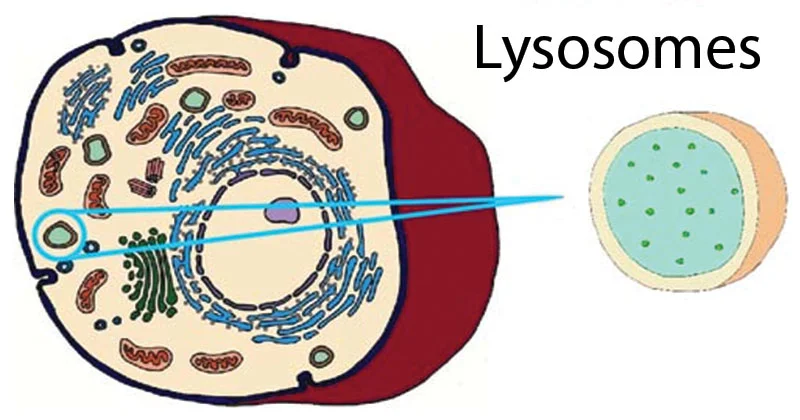
Membrane-bound sacs called lysosomes hydrolyze macromolecules for internal digestion. This could happen for several reasons. Amoebas and other single-celled organisms utilize lysosomes for their meal digestion. This procedure is known as phagocytosis. Phagocytosis occurs in human cells as well, although it is used in defense to remove intruders and bacteria.
Lysosomes are also involved in the recycling of the cell’s resources. This process is known as autophagy. Damaged organelles and their organic monomers are returned to the cell cytoplasm for reuse after being broken down in the lysosome. The cell is continuously recreating itself in this way.
Golgi Apparatus
Because it accepts and sends vesicles from opposite sides of its stack of cisternae, the Golgi apparatus is polar, which means it has a directional structure. The cis-face, which is located near the rER, receives vesicles. For newly produced proteins, the Golgi apparatus can be compared to a warehouse or post office. The proteins are further changed, packed, and transported to their final destinations within the cell or body.
Because it accepts and sends vesicles from opposite sides of its stack of cisternae, the Golgi apparatus is polar, which means it has a directional structure. Positioned next to the rER, the cis-face is where vesicles are accepted. The trans-face is located on the opposite side of the organelle and releases vesicles via plasma budding.
Nucleus
Our DNA contains the blueprints for every protein in our bodies, neatly organized into a double helix. Transcription and translation are processes that occur in distinct compartments within the cell to convert DNA into proteins. The first step, transcription, occurs in the nucleus, which houses our DNA. The nucleus is surrounded by a membrane called the nuclear envelope, and its role is to create a space within the cell to both safeguard genetic information and house all the chemicals involved in processing and protecting that information. This membrane is a pair of lipid bilayers, therefore four lipid sheets separate the nucleus from the cytoplasm.
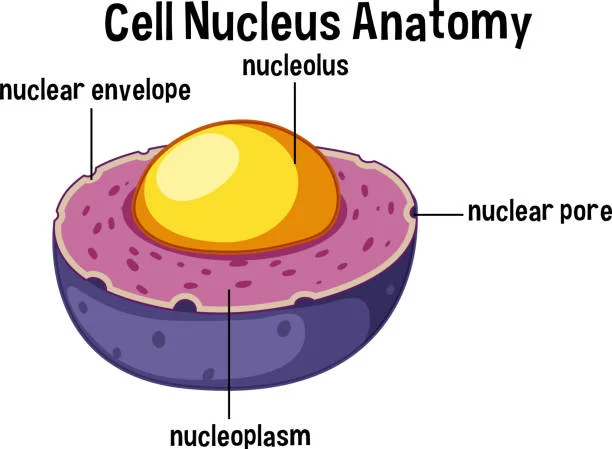
Though the nucleus’s purpose includes separating the DNA from the rest of the cell, molecules (such as RNA) must still be able to go in and out. Nuclear pores are protein channels that generate holes in the nuclear membrane. The nucleus is filled with liquid (called nucleoplasm) and is structurally and functionally identical to cytoplasm. Chromosomes (tightly packed strands of DNA containing all of our blueprints) are situated within the nucleoplasm.
A nucleus has intriguing implications for how a cell reacts to its surroundings. The nuclear envelope provides further protection for the DNA from enzymes, infections, and potentially damaging products of fat and protein metabolism. Because this is the cell’s only permanent copy of the instructions, it is critical to retain the DNA in excellent condition. If the DNA was not sequestered, it would be exposed to harm from the aforementioned threats, resulting in faulty protein creation. Consider a large hole or coffee stain in your toy’s blueprint – suddenly, you don’t have enough or the proper information to manufacture a vital piece of the toy.
The nuclear membrane also keeps chemicals involved in DNA transcription and repair near the DNA itself; otherwise, those molecules would spread throughout the cell, requiring a lot more effort and luck to accomplish anything! While transcription (the formation of a complementary strand of RNA from DNA) occurs within the nucleus, translation (the formation of protein from RNA instructions) occurs in the cytoplasm. If there was no barrier between the transcription and translation machines, poorly manufactured or unfinished RNA could be converted into poorly made and potentially harmful proteins. The nuclear membrane also keeps chemicals involved in DNA transcription and repair close to the DNA; otherwise, those molecules would diffuse throughout the cell, necessitating a lot more effort and luck! While transcription happens within the nucleus (the synthesis of a complementary strand of RNA from DNA), translation occurs in the cytoplasm (the formation of protein from RNA instructions). Poorly constructed or incomplete RNA may be turned into poorly made and perhaps dangerous proteins if there is no barrier between the transcription and translation types of machinery.
Mitochondria

A cell cannot function without energy, just as a factory cannot function without electricity. ATP (adenosine triphosphate) is the cell’s energy currency, and it is produced during a process known as cellular respiration. Though the process starts in the cytoplasm, the majority of the energy produced comes from later processes in the mitochondria.
The mitochondrial contents are separated from the cytoplasm by two lipid bilayers, as we observed with the nuclear envelope. They are known as the inner and outer mitochondrial membranes. Crossing both membranes leads to the matrix, where pyruvate is delivered when it is produced from the breakdown of glucose (step 1 of cellular respiration, known as glycolysis). The intermembranous space is the space between the two membranes, and it has a low pH (is acidic) because the electron transport chain buried in the inner membrane pumps protons (H+) into it. Protons going back into the matrix from the intermembranous region provide energy for ATP synthesis.
Mitochondria are especially unusual in that they self-replicate and have their DNA, almost as if they were a different cell. The prevailing view, known as the endosymbiotic theory, holds that eukaryotes evolved from big prokaryotic cells engulfing smaller cells that resembled mitochondria (and chloroplasts, more on them later). Instead of being digested, the engulfing cells remained intact, and the arrangement proved beneficial to both cells, resulting in a symbiotic relationship.
Microbodies
Because microbodies are found in the cytoplasm of a cell, they are referred to as cytosomes. They are 0.2-1.5 m in size and can be viewed using an electron microscope.
Different types of microbodies fulfill different purposes.
- Microbodies participate in a variety of metabolic activities within the cell.
- Enzymes found in microbodies aid in the digestion of lipids, amino acids, alcohol, and other important events.
- They participate in photorespiration in plants.
- Peroxide detoxification occurs in microbodies.
Plastids
Plastids are double-membrane organelles present in plant and algal cells. Plastids manage food production and storage. These frequently contain photosynthetic pigments as well as pigments that can affect the color of the cell.
Plastids are classified according to their specific roles.
Among these, some are primarily characterized based on the presence or absence of Biological Pigments and their developmental stages.
- Chloroplasts
- Chromoplasts
- Gerontoplasts
- Leucoplasts
Summary
Cellular organelles are tiny structures within cells that have specific functions. They are like the organs of a cell, each with an important role to play. Organelles are found in both eukaryotic cells (cells with a nucleus) and prokaryotic cells (cells without a nucleus), but they are more complex and diverse in eukaryotic cells.
There are many different types of organelles, each with its unique structure and function. Among the most important organelles are:
- Nucleus: The nucleus is the cell’s command and control center. It contains the cell’s DNA, the genetic material that carries the instructions for building and maintaining the cell.
- Mitochondria: Mitochondria are considered as the cell’s powerhouses. They produce energy in the form of ATP, which is used to fuel all of the cell’s activities.
- Ribosomes: Ribosomes are the cell’s protein manufacturers. They translate the cell’s DNA into proteins, which are essential for all of the cell’s functions.
- Endoplasmic reticulum (ER): The ER is a network of tubules that transports materials throughout the cell. It is also involved in the production and processing of proteins.
- Golgi apparatus: The Golgi apparatus is a packaging and sorting center for proteins and other molecules. It modifies and packages these molecules before they are transported to other parts of the cell or secreted outside the cell.
- Lysosomes: Lysosomes are digestive organelles that break down cellular waste products and other unwanted materials.
- Vacuoles: Vacuoles are storage vesicles holding water, nutrients, and other molecules.
In addition to these major organelles, many other types of organelles perform specialized functions in different types of cells. For example, plant cells have chloroplasts, which are organelles that use sunlight to produce energy through photosynthesis.
Organelles work together in a complex and coordinated fashion to keep the cell running smoothly. For example, the ribosomes produce proteins, which are then transported by the ER and Golgi apparatus to where they are needed in the cell. Mitochondria produce the energy that is needed to power all of these processes.
When organelles are damaged or malfunctioning, it can lead to a variety of diseases and disorders. For example, mitochondrial diseases are caused by problems with the mitochondria. These diseases can range from mild to severe, and they can affect any part of the body.
Overall, cellular organelles are essential for the life and function of all cells. They perform a wide range of tasks, from producing energy to building proteins to breaking down waste products. Organelles work together in a complex and coordinated fashion to keep the cell running smoothly.
FAQs
What are organelles?
Organelles are tiny structures within cells that have specific functions. They are like the organs of a cell, each with an important role to play. Organelles are found in both eukaryotic cells (cells with a nucleus) and prokaryotic cells (cells without a nucleus), but they are more complex and diverse in eukaryotic cells.
What can happen if organelles are damaged or malfunctioning?
When organelles are damaged or malfunctioning, it can lead to a variety of diseases and disorders. For example, mitochondrial diseases are caused by problems with the mitochondria. These diseases can range from mild to severe, and they can affect any part of the body.
Cellular organelles are essential for the life and function of all cells. They perform a wide range of tasks, from producing energy to building proteins to breaking down waste products. Organelles work together in a complex and coordinated fashion to keep the cell running smoothly.
How do cellular organelles work together?
Cellular organelles work together in a complex and coordinated fashion to keep the cell running smoothly. For example, the ribosomes produce proteins, which are then transported by the ER and Golgi apparatus to where they are needed in the cell. Mitochondria produce the energy that is needed to power all of these processes.
What are organelles made of?
Macromolecules such as carbohydrates, lipids, proteins, and nucleic acids (DNA, RNA) make up all the cellular organelles.
References
- A. (2023, July 4). Cell Organelles – Types, Structure and their Functions. BYJUS. https://byjus.com/biology/cell-organelles/
- Petruzzello, M. (n.d.). 6 Cell Organelles. Encyclopedia Britannica. https://www.britannica.com/list/6-cell-organelles
- MSc, J. D. B. (2023, September 8). Cellular organelles. Kenhub. https://www.kenhub.com/en/library/anatomy/cellular-organelles
- Structure, synthesis, and functions of nucleic acids in organelles. (1975, March). Plant Science Letters, 4(3), 205. https://doi.org/10.1016/0304-4211(75)90097-8



